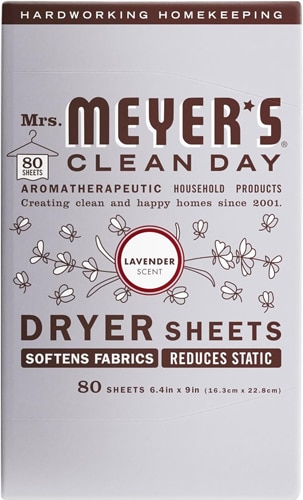For a chore whose whole purpose is cleanliness, laundry introduces a huge staggering of toxins into the household—and the environment. Even some so-called “natural” detergents can present problems, but armed with a little knowledge, you can clean up your laundry act.
“From TV commercials and ads, so many of us associate the bright and beautiful laundry images and happy family feelings with super clean and fresh,” says Mary Cordaro, a healthy building and indoor air quality consultant. But in reality, she says, laundry is anything but clean. The chemicals used in laundry products include carcinogens, reproductive toxins, endocrine disruptors and allergens.
In fact, a November 2011 report by the independent group Women’s Voices for the Earth found that a detergent touted as safe for infants contained 1,4-dioxane, which the Environmental Protection Agency recognizes as a probable human carcinogen. What’s more, the “fresh scent” many detergents and softeners boast comes from synthetic chemicals, which come with their own set of risks.
The good news is that changing your laundry routine is one of the simplest ways to reduce your overall toxin exposure, Cordaro says. “In my experience with clients, we have found that eczema in children and adults may sometimes be completely eliminated by exchanging toxic laundry products for nontoxic, liquid-only products.” Cordaro has also found that purging the chemicals can also improve skin and eye irritation, and even allergies and asthma.
Making the switch
Start by eliminating anything with artificial fragrances, Cordaro suggests. Then replace your detergents with laundry soaps, which are naturally more antibacterial. But don’t just throw the old stuff in the trash; take it to your local hazard waste facility to minimize environmental damage.
Next, look for products that are 100 percent chemical free. “Unfortunately, there aren’t many choices at the market,” Cordaro says. “Really, the most natural options are distilled vinegar, baking soda, and Arm and Hammer washing soda.” If you want to be in complete control over what goes onto your clothes, you can make your own laundry detergent using recipes like this one. Too much work? The next best bet is to buy a commercial detergent that is free of dyes, perfumes, brighteners and phosphates.
Dryer sheets also contain chemicals and fragrances, so skip them if you don’t have a problem with static. People in dry climates, where static is more prevalent, can add ¼ cup of distilled vinegar or baking soda to the wash cycle to soften clothes and eliminate static, according to Cordaro. Another option: reusable wool dryer balls, which help soften clothes.
Taming the energy beast
It’s not only laundry toxins that create a problem for the environment (they do so by introducing toxins through production and wastewater). Washing machines and dryers use a tremendous amount of energy, as well. Considering that the average American family washes nearly 300 loads of laundry each year, Proctor & Gamble Co. estimates, we collectively are using a lot of resources to keep our clothes clean.
Washing machines more than 10 years old use significantly more water than newer machines. If you’re in the market for a new machine, look for an Energy Star front-loading washing machine, which saves more water and energy. Energy Star washers use 14 gallons of water per load, compared to 27 gallons used by a standard machine.
Regardless of which type of washer you have, you can save energy by washing everything in cold water, unless you have dust mite allergies, in which case you should use hot water for linens. And before you throw wet clothes in the dryer, consider this: Approximately 5.8 percent of residential electricity use goes toward the dryer, according to a 2001 report from the Department of Energy. If possible, hang wash outside to dry instead. The sun actually helps eliminate dust mites and also provides natural whitening. If you live in a polluted city or the weather doesn’t allow for outdoor drying, look into an indoor rack.
The best part about switching your laundry routine is the sense of ease you’ll feel once you’re done. The laundry is clean, soft and scented—naturally. It doesn’t take any more work, and the reward is a clean that you can feel good about.




